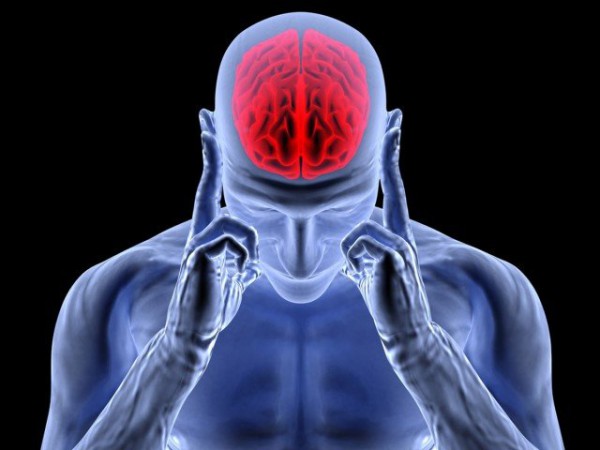-Visual symptoms – stroke and TIA (Transient Ischemic Attack) cause loss of vision that affects the entire eyesight ( monocular blindness ) or just one half ( hemianopia ), and it can even cause double vision ( diplopia ).
The loss of vision in one eye that occurs suddenly and improves within 24 hours (usually after 5-10 minutes) often represents a short-term lack of blood supply in one eye and it is calles amarosis fugax. Homonymous hemianopia is a loss of vision on one eye, so the patient can not see half of the visual field (right or left side, depending on the stroke).
Double vision occurs when the visual axis of both eyes is different, which occurs after a damage of the nerves that control the eye movement.
- Dizziness – stroke and TIA can cause dizziness and loss of balance. Sometimes these symptoms are followed by a feeling of nausea and vomiting.
- Headache – Stroke and TIA usually do not cause headaches. However, a headache may occur during stretching or irritation of the brain lining (meninges – meningeal release) or the blood vessels in the brain.
Meningeal release may occur during a swelling of the brain shortly (minutes to hours) after a brain bleeding or several days after a big stroke when the brain swelling (edema) is at its largest point.
Bleeding on the brain surface (suvarachnoid hemorrhage) typically causes a severe headache, because the blood directly irritates the meninges sensitive to pain.
In certain cases stroke can be caused by a tearing of the inner layer of the brain artery walls (dissection) and it can cause severe headache or pain in the neck, if the dissection affects a blood vessel.
- Vomiting – vomiting may come as a result of a direct injury of the vomiting centers on the brain’s base (medulla) or increased pressure on the skull (increased intracranial pressure), which pressures the same centers. The damage of the nerves that receive the information for the balance maintenance can also cause dizziness, nausea and vomiting.
- Impaired Consciousnes – stroke and TIA can cause impairment or loss of consciousness. They can occur as a result of a complication after a stroke (for example, epileptic seizures), direct involvement of the centres for consciousness maintenance found in the brain (brainstem), strokes in that area and increased intracranial pressure that directly or indirectly pressures the centers in the brainstem.




Leave a Reply